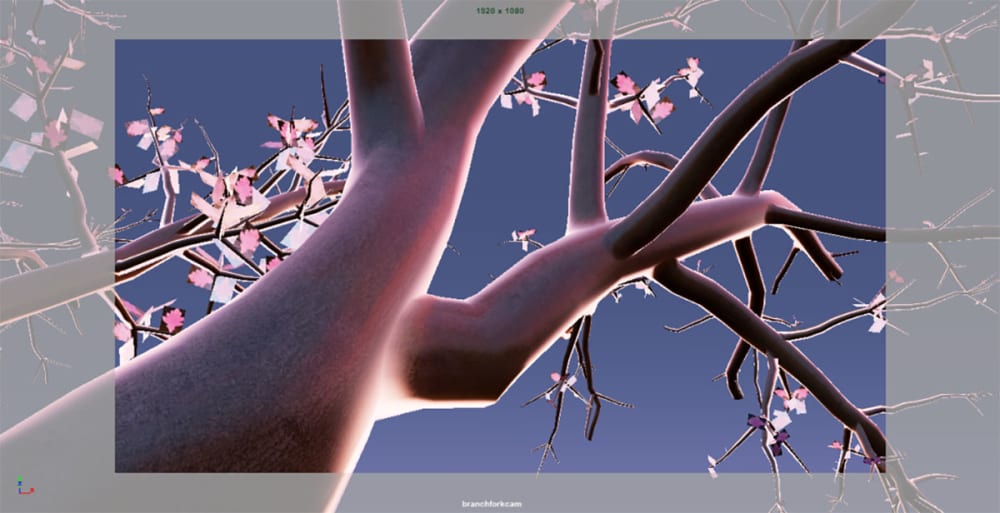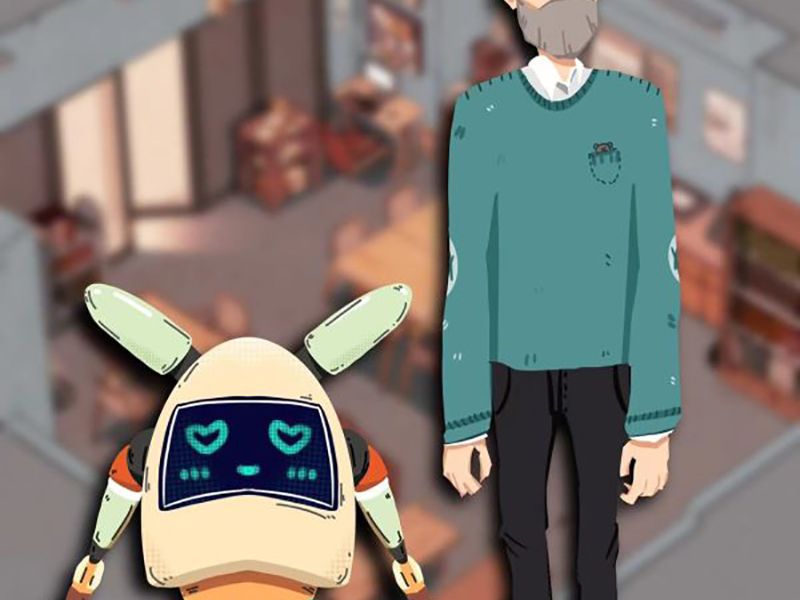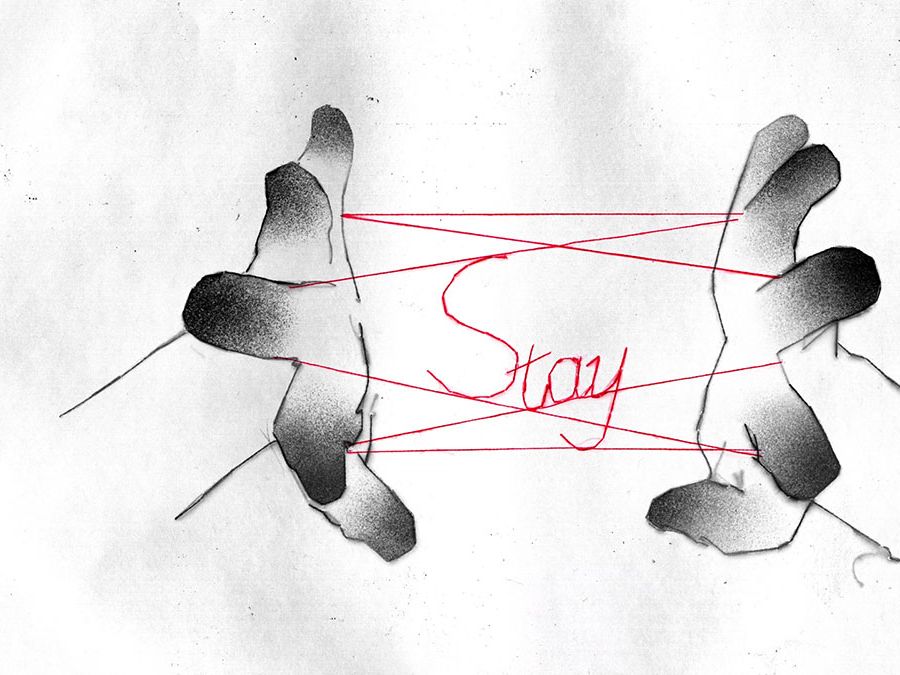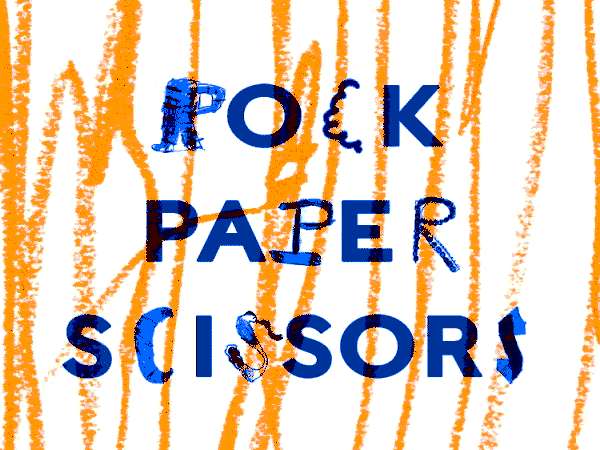
MA 3D Computer Animation students develop short film, ‘Final’

- Written byChloe Murphy
- Published date 04 November 2022

The screen industries are inherently collaborative, drawing together expertise across visuals, sound and movement to create immersive experiences.
Sharing ideas and working across disciplines in order to develop engaging content is key to the ethos of London College of Communication (LCC). We encourage our students to explore the world beyond their field through opportunities to interact with other areas of specialism, and by learning how to create diverse teams that can make a real, tangible impact.
Our MA 3D Computer Animation course has been designed to respond to the rapid evolution of technology and industry, bringing together established approaches with the latest developments in real-time animation and digital world-building. By exploring both the theory and practice of 3D animation across media ranging from games to film and television, students are supported to develop their own innovative personal practice driven by critical understanding, self-reflection and practical experience.
This emphasis on gaining professional skills is woven through the course’s Collaborative Unit, which enables students to learn more about creative processes and the animation pipeline by bringing together different perspectives across a major production project.
With a focus on modelling industry environments, the unit provides an opportunity for MA 3D Computer Animation students to form teams with fellow emerging creatives across a range of different Screen School courses before developing content which enables their respective skillsets to shine.
Louis Atkin took part in the Collaborative Unit earlier this year, where he and his team worked together to produce Final – an opening sequence for a concept TV programme situated in Medieval Japan.
Working with fellow students Antonio Maldonado, Jake Slipkovich, Joanna Besarab, Ingram Stooke and Shinji Mikame, Final uses elements such as 3D models, lighting, textures and sound to create opening titles that generate the symbolism and nuance needed to produce a powerful overview of the series' broader narrative arc.
We caught up with Louis to discuss his experience of working collaboratively on Final, harnessing the potential of new software, and the importance of balancing expert teaching with self-directed development.
Final | MA 3D Computer Animation
Tell us about your creative practice.
I specialise in 3D character animation work, though I also like exploring different aspects of 3D work more generally, like modelling, digital sculpting and texturing. My approach often involves thinking about what I can create in ways that push what I can do further than my last project.
Keeping projects small enough in scope that I can realistically complete them whilst also making sure that the project is something I’m interested in is a balance that I think is very important.
Why did you choose to study MA 3D Computer Animation at LCC?
I applied for postgrad study because I felt like my undergraduate degree hadn’t prepared me well enough to enter the industry I wanted to work in.
I partially chose this course based off a recommendation from a family member who had attended LCC, but mostly also because there are a lot of 3D animation studios in London, and courses based here generally draw more talent in terms of tutors as it’s such a large city.

What inspired the idea behind Final?
The opening cinematics for the series Westworld and Daredevil were our main inspirations, as they tell stories effectively whilst also requiring the audience to think a lot about the connotations of different featured objects - giving away very little about what actually happens in the series whilst simultaneously representing its overall arc really well.
What did you aim to achieve through the project?
We wanted to create something thematic, which prompted discussion on the kinds of objects that we could use to tell a story as well as creating opportunities to try out new techniques.
Attempting something different to what I'd tried before was also interesting to me.

How did you support the development of the film?
I worked with my main collaborator, Antonio Maldonado, to come up with the general concept, decide on the shots we wanted to include, and create the film itself.
In particular, I modelled several of the props and animated some of the scenes with motion, including elements like the tree growing as well as the flags blowing in the wind. I also lit and rendered a few of the scenes, and worked with a collaborator to create and paint a mask that fit what we wanted - later using some of LCC’s scanning equipment to transfer it into digital space.
Together, we held meetings with those who worked on the audio side of the project to try to get a sound that fit the titles too.
What were your highlights of the experience?
I think my main highlights were mostly around using lots of different software and techniques that I hadn’t used before. For example, the creation of a growing tree involved using a programme that I hadn’t even heard of, which was called SpeedTree.
I really enjoyed lighting certain scenes of our scanned human with different lighting setups that gave off different feelings and revealed different amounts of the model.
Working with others also provided a chance to explore a different experience from my usual practice of working alone.

What have you most enjoyed about your time at LCC?
I've mostly enjoyed the freedom and encouragement of tutors who have encouraged us to explore different techniques and methods whilst also providing a structure of teaching that isn't entirely self-reliant. Lots of people in the 3D industry are self-taught, but I think that a mixture of self-teaching alongside accessing knowledge shared by those who have worked for years professionally is the best way to learn.
Also, the course has drawn together a lot of students from different creative backgrounds, so it's also been interesting to see what other people had been creating.
What advice would you give to prospective students who might be interested in applying to MA 3D Computer Animation?
I’d say that you should think a lot about what future career you might be interested in after graduation, as it’s important to have an idea of what you want to take from your experience on the course as a whole.
Personally, I’m now more confident that I’m using workflows that are closer to the industry standard than I was before, and my work has definitely improved because of it.
Related links
- Explore the project further on Louis' blog.
- Learn more about MA 3D Computer Animation at LCC.
- Explore the work of our Screen School.



